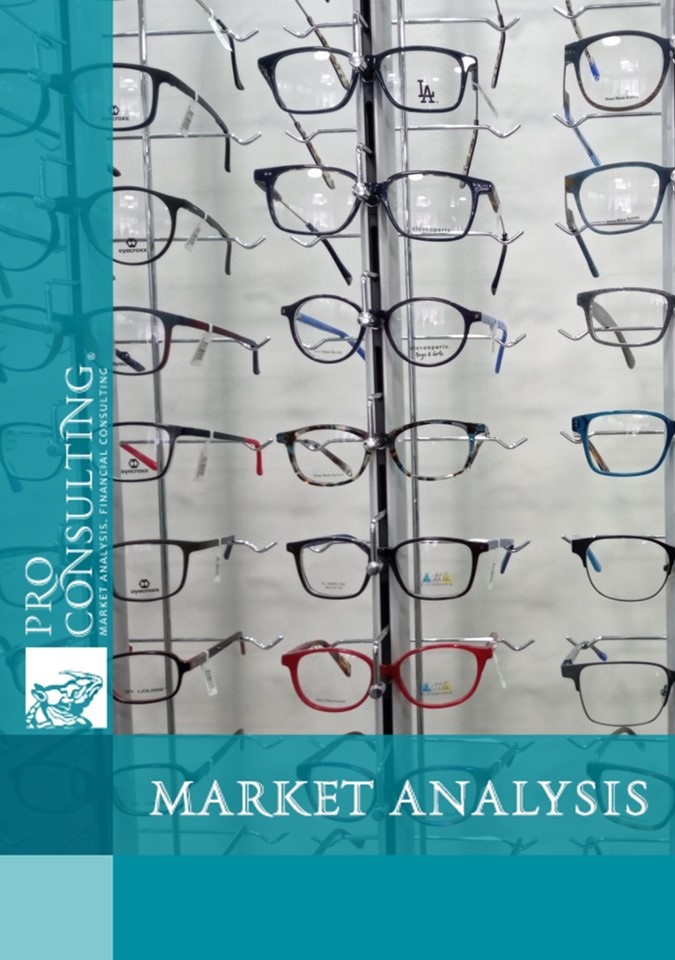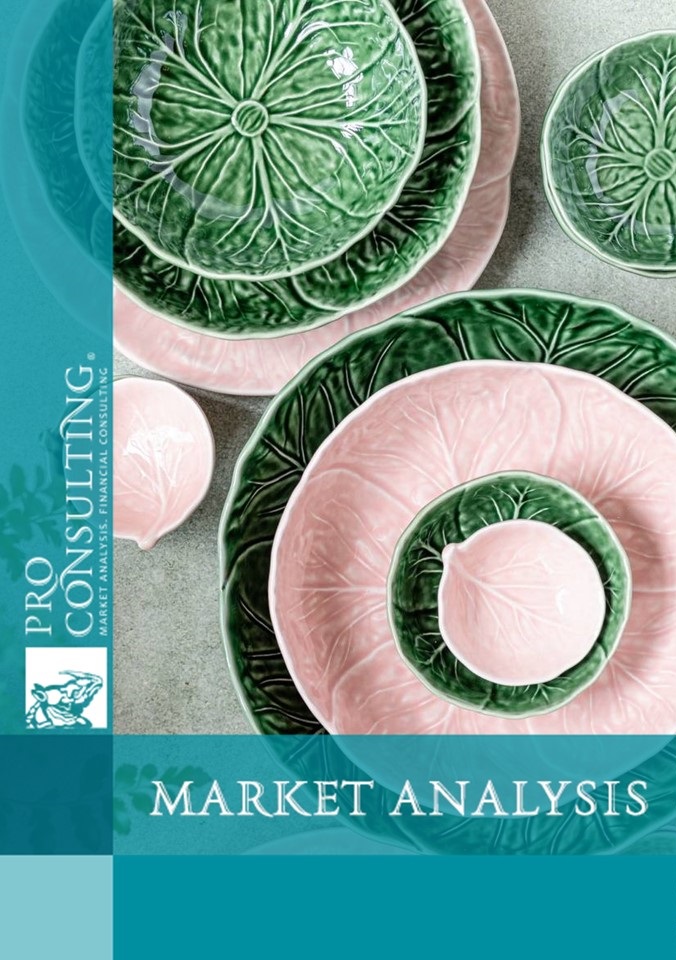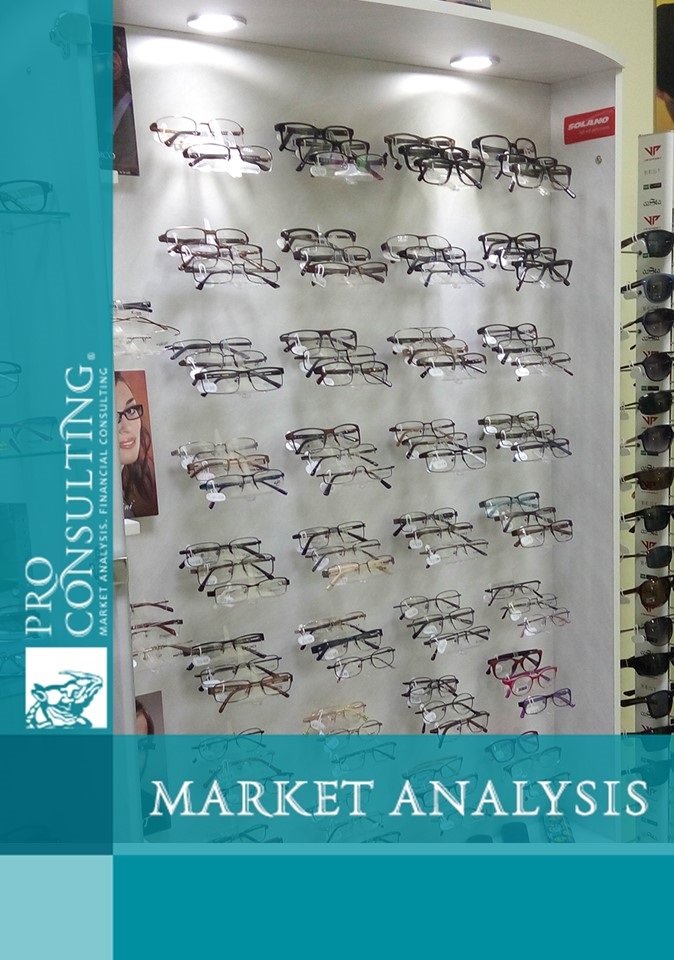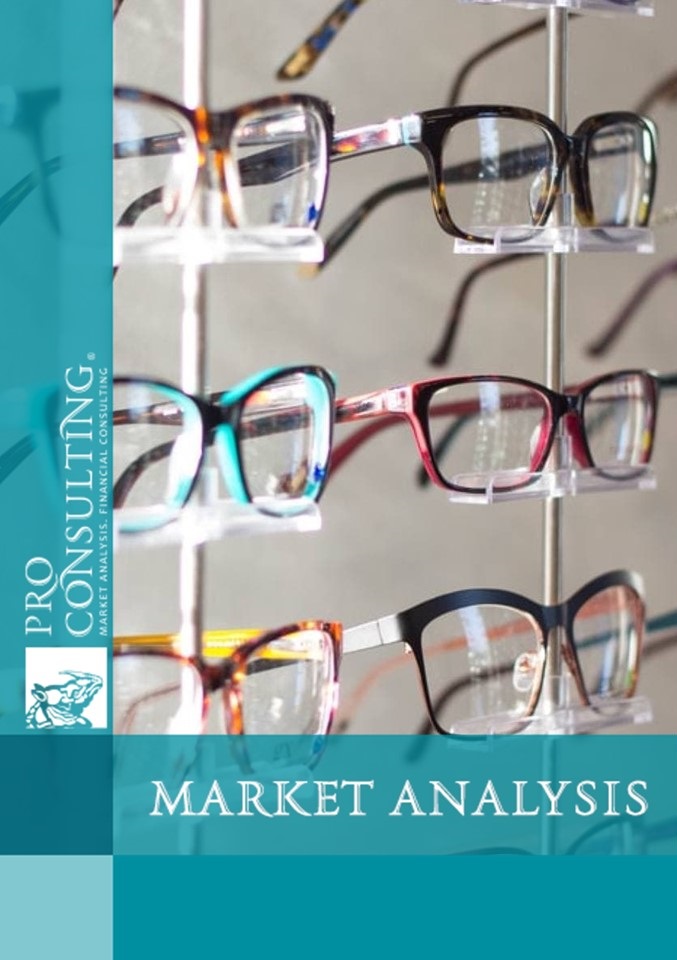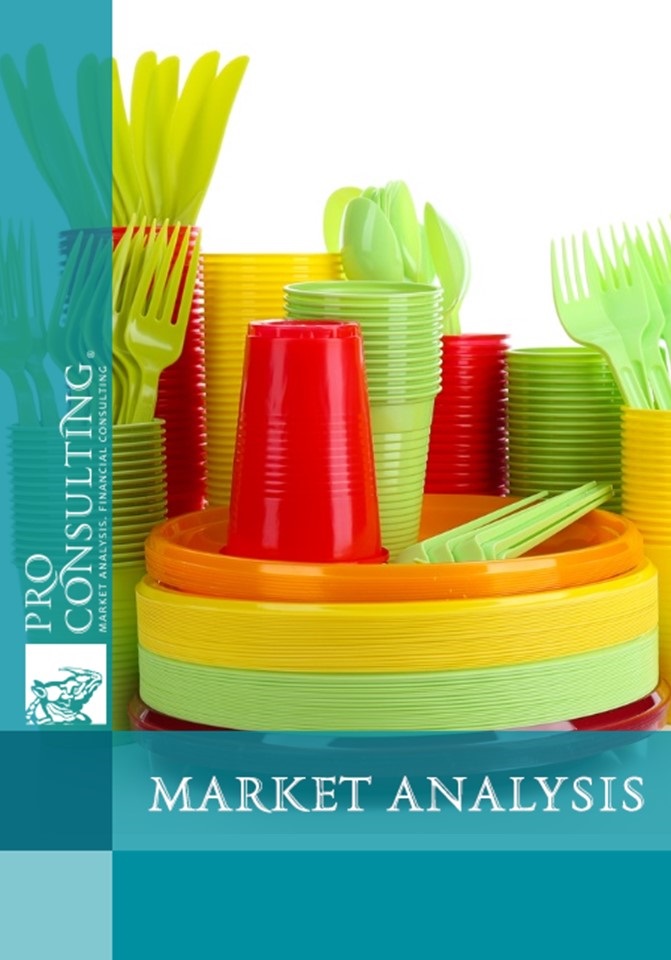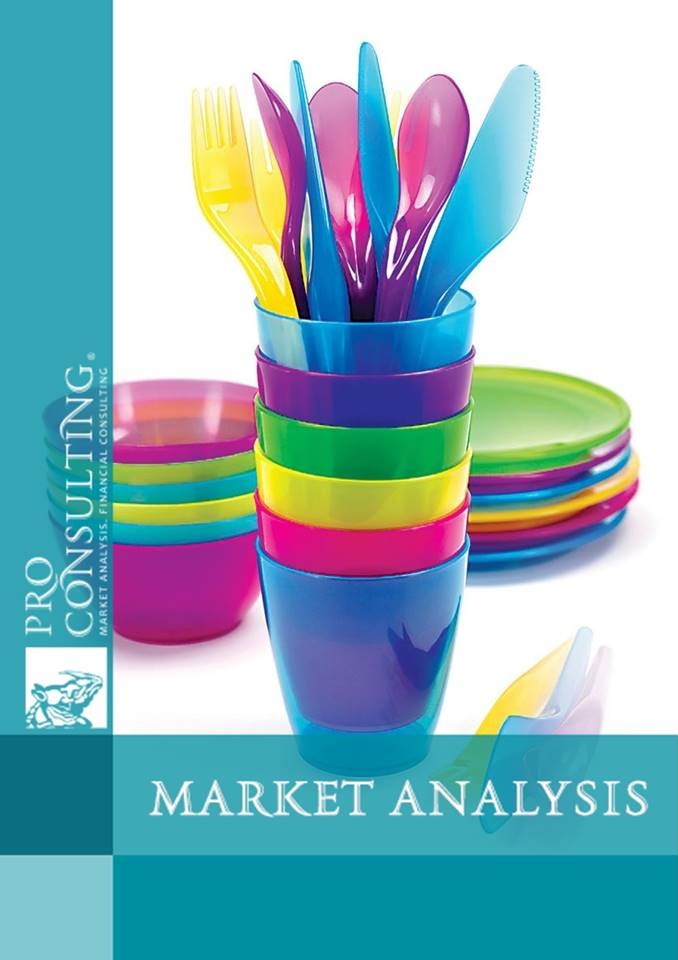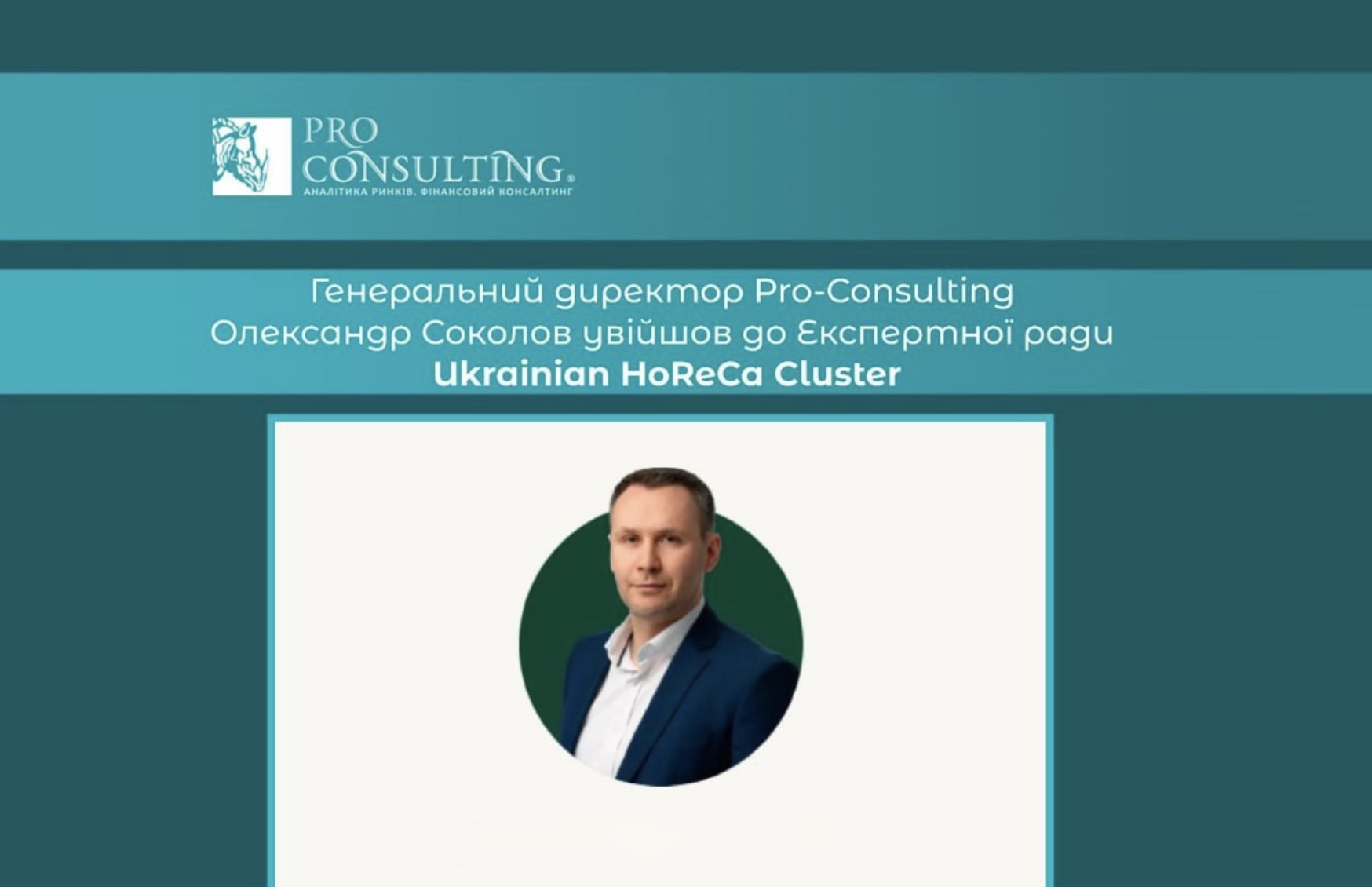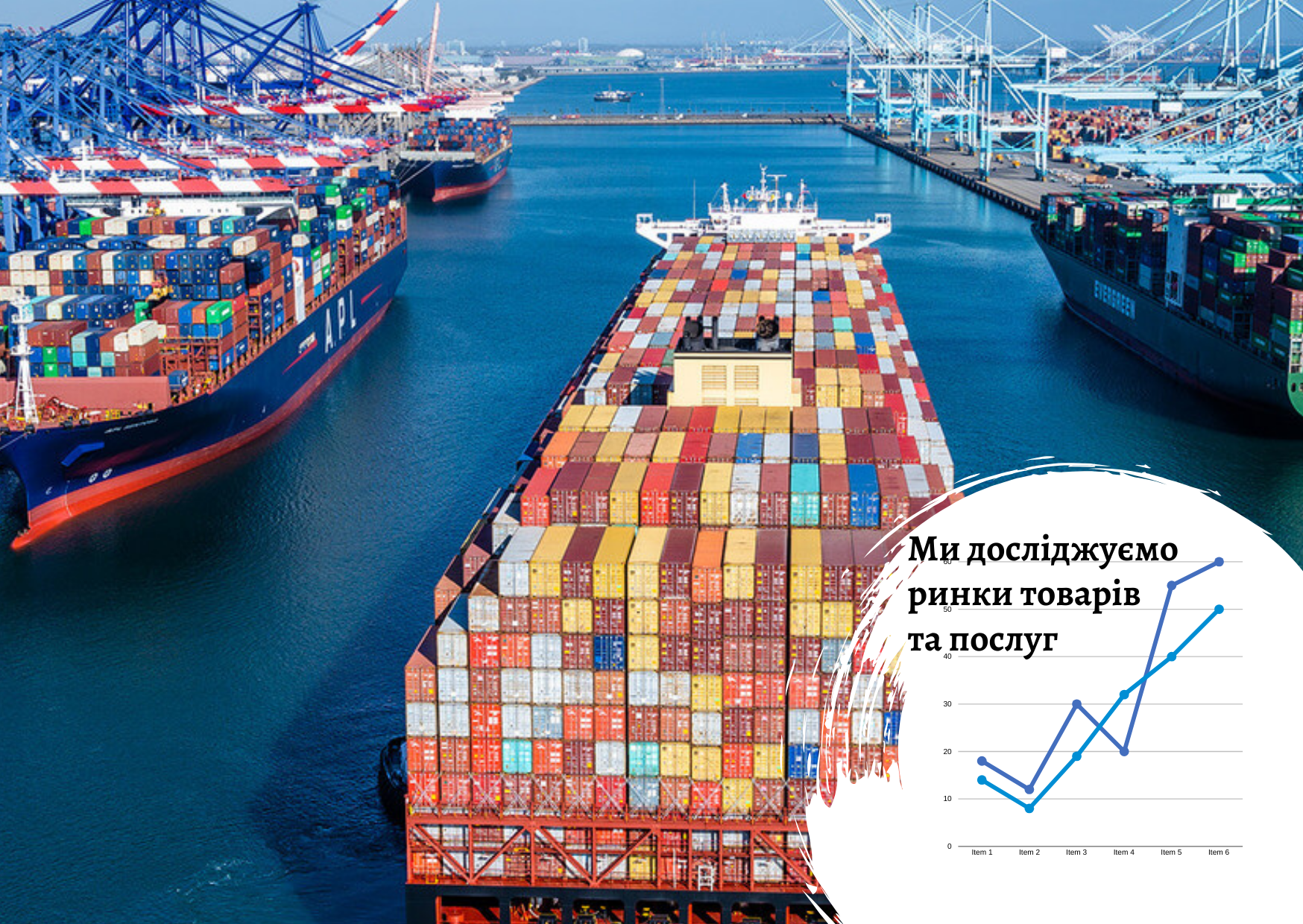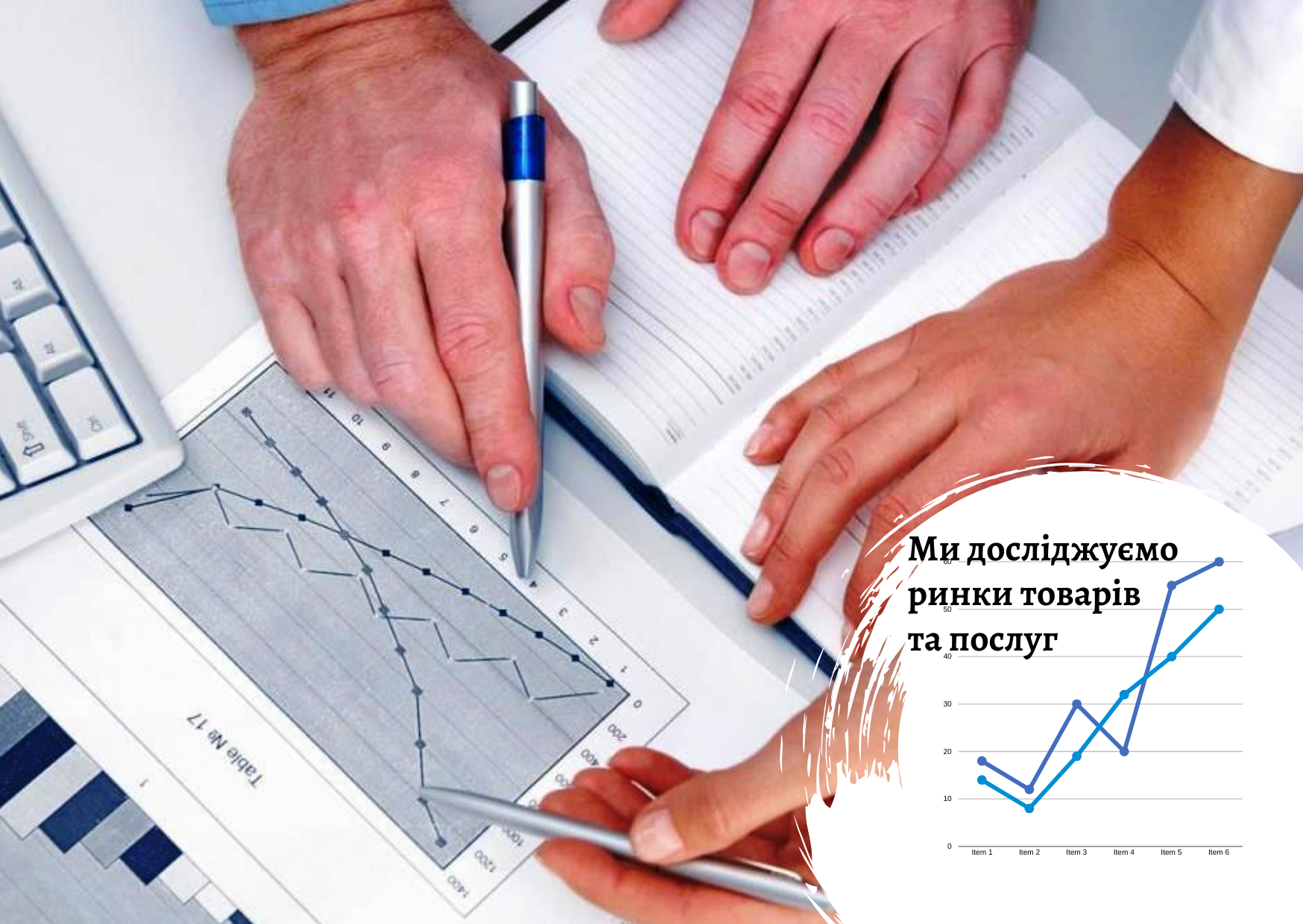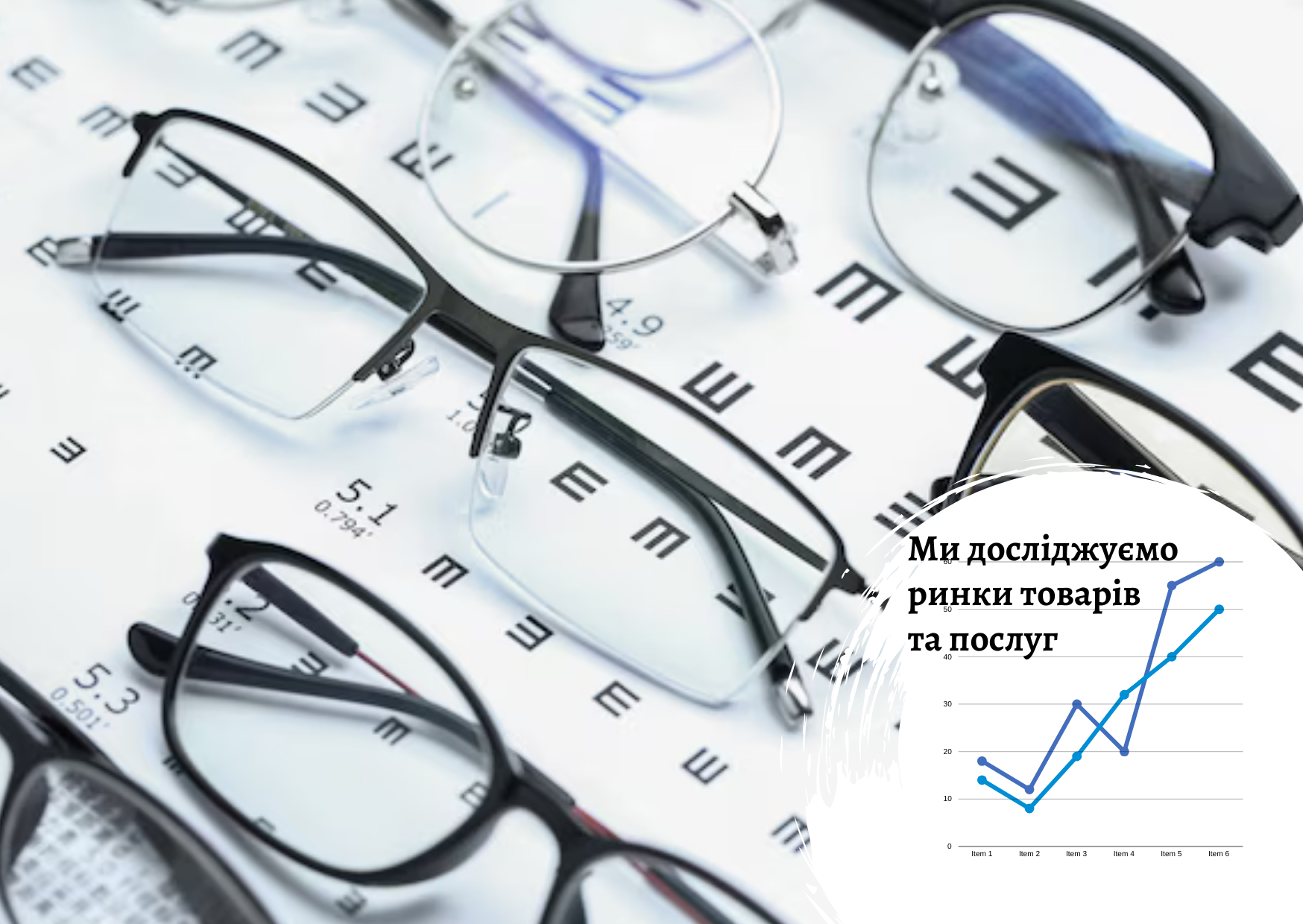
Ukraine eyewear market partly bounces back amid ongoing challenges - market data by Pro-Consulting. EYWEAR INTELLIGENCE
In 2023, the Ukrainian eyewear sector rebounded from the first war-related shocks, with sales, imports and production all following an upward trajectory. However, future dynamics will be tightly related to the situation on the battlefield.
Ukraine has a 95 percent dependence on imports in all categories of eyewear goods, as Pro-Consulting, a Kyiv-based think tank estimated.
In 2023, Ukraine imported 27.2 million pieces of eyewear, such as frames, sunglasses, ophthalmic lenses and contact lenses, roughly a third less compared with the previous year.
Several factors contributed to the decline, including general uncertainty and the Russian forces’ sea blockade of the Ukrainian ports. As researchers explained, the lion’s share of eyewear was traditionally delivered to Ukraine by sea, and reconfiguring the logistics took considerable time and effort.
Domestic production, mostly from small-scale frames manufacturers, experienced a 55 percent drop in output as, with the start of hostilities, local manufacturers in the Kyiv and Dnipro regions pulled the plug on their operations, Pro-Consulting stated.
According to to the think tank, “wholesale” sales in the Ukrainian eyewear market totaled UAH 1.4 billion (€31m) in 2022, down 7 percent from the UAH 1.5 billion (€33m) in the previous year. These numbers are estimated by adding domestic manufacturer prices and prices declared by importers in their customs declarations – minus exports.
Pro-Consulting claims that retail sales in Ukraine stood at USD 1.53 billion (Eur 1.37 billion) in 2023. The analysts explained the drastic difference with the fact that ”wholesale prices” in Ukraine are normally 5 to 10 times lower compared with the retail prices.
In addition, occasional reports in the local media indicated that prices declared by importers are sometimes undervalued to lower import duties.
In volume terms, the drop between 2021 and 2022 was bigger than 7 percent, but a substantial rise in prices softened the blow in value terms. However, at constant exchange rates, the decline was much steeper. The Ukrainian hryvnia has lost nearly half of its value against the US dollar and the euro during the past few years, so in constant currencies, the market has yet to reach the pre-war level.
But the tide largely changed in 2023. The “wholesale” market value spiked by 36 percent to UAH 1.9 billion (€42m) as the Ukrainian currency stabilized. Still, in euro and US dollar terms, the market remains approximately 10 percent shy of its 2021 level.
Domestic production jumped by 63 percent in volume and 80 percent in value last year. Imports also jumped to 40.1 million pieces, exceeding the pre-war level
It is likely that the deferred demand and growing confidence among local market players played a role in these positive trends. Previously, retailers primarily relied on warehouse stocks, reducing their purchases, but at the end of 2022, they started refilling their inventories.
The import geography has not changed much. In 2023, for instance, the sector imported 19.1 percent of eyewear from China, 19.1 percent from Switzerland, 8.5 percent from Bulgaria, 7.9 percent from Poland and 7.2 percent from the UK. These figures are consistent with those of the previous years.
According to Pro-Consulting, Switzerland ranks high in the list of largest eyewear suppliers thanks to large exports of contact lenses. China and Poland are the leading exporters of vision correction glasses. Low and middle-price sunglasses are primarily imported from China and UAE. Italy is the largest supplier of luxury eyewear to Ukraine.
However, the demand in the luxury segment plummeted in recent years. In 2022, it was the only segment of the eyewear retail where the average price dropped compared with the previous year, despite inflation and rising logistics costs. As explained by Pro-Consulting, imports of luxury eyewear dropped because of the weak demand, and fears by local firms that batches of expensive goods would be lost as a result of the conflict.
Adapt to survive
However, the war has deeply changed the face of the Ukrainian eyewear retail. For example, Luxoptica, the largest Ukrainian eyewear retailer, which is a subsidiary of EssilorLuxottica, has largely shifted the focus of its development program from eastern to central and western regions, Violetta Titarenko, Marketing Director of Luxoptica, revealed.
Before the Russian troops crossed the Ukrainian border, Luxoptica ran over 210 outlets across the country. When the war started, all eyewear stores were shut down, Titarenko said. This was done primarily to protect employees. Within a few days, the company paid a two-month salary to their workers in a bid to help them evacuate to safe grounds.
It is estimated that 6.5 million people, or approximately 18 percent of the pre-war population, fled their country, seeking shelter in Europe, and millions more were internally displaced.
Other prominent eyewear retailers also temporarily ceased operations across the country to protect their employees.
“The Russian invasion of Ukraine on February 24, 2022, brought the operations of all 36 Fielmann stores in Ukraine to a halt,” Lennart Dahlkamp, Senior Communication Manager, told us. “Fielmann’s headquarters in Hamburg set up a crisis team dedicated to bringing as many employees as possible to safety. Many fled to Poland, some to Germany. All were provided with accommodation, language courses, and a workplace by Fielmann. Many colleagues donated,” he added.
In previous years, Fielmann primarily focused on development in the western and central parts of the country, so the company was fortunate not to have stores in the occupied territories, Dahlkamp explained, adding that many stores were still close to the frontline.
Dahlkamp acknowledged that the logistics were in tatters when the war erupted but indicated that Fielmann managed to restore the supply of glasses to the stores within less than three months. Among the measures implemented by the group, he mentioned remote management for all key executives, the adjustment of product assortments and service policies and the use of alternative energy resources, such as generators or inverter batteries, to cope with the frequent power outages.
“From June to September 2023, we achieved new records in Hryvnia. Since September 2023, we have observed steady growth with periodic declines and stabilization of sales, depending on the situation in the country,” Dahlkamp explained.
In general, market players indicated that eyewear stores in parts of Ukraine spared from the fights were gradually reopened through May 2022.
Moreover, eyewear retailers have not abandoned their development plans.
Despite the turbulence, Luxoptica launched 12 stores in 2022 and continued its expansion in 2023. However, the company, which was founded in Kharkiv and traditionally had its strongest footprint in the east of the country, now prioritizes development in the west.
Titarenko stated that the company harbored plans to enter new regions even before the fights erupted in the east, but the war accelerated their implementation.
New openings are only compensating for Luxoptica’s losses in 2022. “Some of our stores were destroyed, and some have been left in the occupied territories,” Titarenko commented.
Looming uncertainty
However, as the conflict shows no signs of letting up, the future of the Ukrainian eyewear market remains vague.
Pro-Consulting said that further growth in domestic eyewear sales is possible if what the company calls the “basic scenario” becomes real. Among other things, it involves the end of hostilities or significant de-escalation. In addition, support from foreign partners would have to remain unchanged, gradual economic growth would have to continue in the country, and a portion of Ukrainian refugees would have to return. It is hard to say whether these expectations are realistic.
In the meantime, Ukrainian retail is facing new challenges, such as a worsening labor shortage and persistent power outages.
Amid emigration and ongoing mobilization, Ukraine now faces a severe labor shortage, with 49 percent of businesses indicating that this is the main negative factor constraining their development, Obozrevatel, a local publication, reported in June 2024.
For eyewear retailers, this problem has another dimension. As revealed by Titarenko, the industry suffers from an acute shortage of ophthalmologists, many of whom have left the country to seek job opportunities abroad. Like many other eyewear retailers across the post-Soviet space, Luxoptica keeps an ophthalmologist’s office in every outlet.
In some cases, to open a new store the company had to urge ophthalmologists already employed abroad to return to Ukraine, Titarenko underscored.
Blackouts are another threat to be reckoned with. Ukraine is suffering some of the worst power outages since the start of the war. Russia has knocked out around 60 percent of the Ukrainian power-generating capacities, which entailed rolling blackouts across the country. DTEK, Ukraine’s largest private power company, which has lost 90 percent of its generation capacity, has warned of a potential worsening in winter, with outages lasting up to 20 hours per day.
Although blackouts are not as pressing an issue for eyewear retail as they are for food retail, they can negatively affect the market in the long run, raising costs to keep the lights on and possibly triggering a new wave of emigration.
Source: EYWEAR INTELLIGENCE
